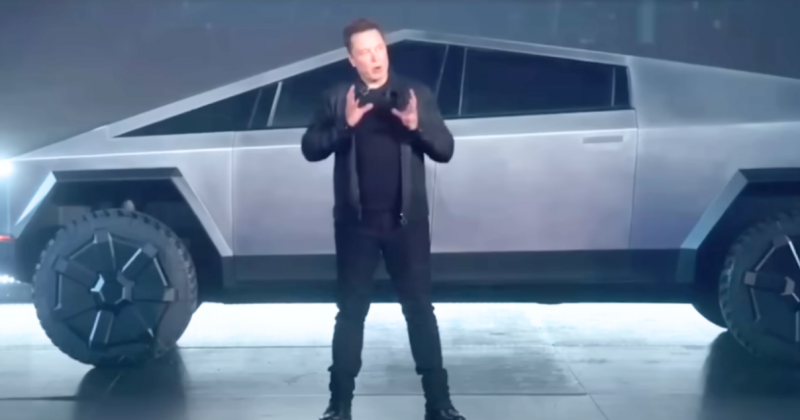Three California college students lost their lives in a fiery crash involving a Tesla Cybertruck that allegedly malfunctioned, trapping them inside the burning vehicle.
This is according to two wrongful death lawsuits filed against the automaker.
The lawsuits, filed in Alameda County Superior Court, accuse Tesla of designing a defective door system that failed during the crash, preventing the victims from escaping.
Attorneys for the families say the truck lost electrical power on impact, which disabled the electronic door release system and sealed the passengers inside.
The victims were identified as 19-year-old Krysta Tsukahara and 20-year-old Jack Nelson, both college students whose parents have filed separate lawsuits.
The suits allege that Tesla’s door design demonstrated “conscious disregard” for consumer safety by relying entirely on electronic systems without an accessible manual backup.
Two other individuals were also in the vehicle at the time of the crash — 19-year-old driver Soren Dixon and passenger Jordan Miller.
Dixon did not survive, while Miller managed to escape the burning truck only after a witness broke the windshield with a branch to free him, according to the San Francisco Chronicle.
Toxicology reports revealed that all four occupants had alcohol, cocaine and other substances in their systems.
Authorities have not released an official determination of fault in the crash, but the families’ lawsuits focus on Tesla’s design decisions rather than on driver behavior.
Tsukahara reportedly survived the initial impact but died from smoke inhalation and severe burns when she was unable to exit the vehicle.
Her parents claim that the Cybertruck’s electrically powered doors failed after the crash, leaving her trapped inside as the vehicle burned.
Tesla’s Cybertruck door system relies on a 12-volt battery to operate, according to the lawsuit.
When power is cut during a collision, the door release mechanism can malfunction or become inoperable.
The families say this design flaw left their children “entombed” inside the wreck.
“It’s just a horror story,” said Roger Dreyer, attorney for Tsukahara’s family.
“Tesla knows that it’s happened and that it’s going to happen, and they are doing nothing but selling the car with a system that entraps people and doesn’t provide a way of extraction.”
The lawsuits cite prior publicized incidents of Tesla vehicles experiencing similar issues with their electronic doors.
The parents claim Tesla has continued to market and sell vehicles with this design despite warnings and complaints.
In court filings, the families argue that Tesla’s handleless door system—which operates through buttons rather than physical latches—poses a critical safety hazard.
They allege that in emergencies, the lack of a visible or manual release can prevent occupants from escaping, especially if the vehicle’s power supply is disrupted.
The complaint describes the Cybertruck’s interior as lacking a “functional, accessible, and conspicuous manual door release mechanism [or] fail-safe.”
Attorneys for the plaintiffs contend this design choice prioritizes aesthetics and innovation over passenger safety.
Both families are suing for wrongful death but have not specified the amount of damages they are seeking.
Their attorney emphasized that the case is about accountability and reform rather than financial compensation.
“[Tesla] will want to blame Mr. Dixon, anybody but themselves,” Dreyer said, as outlined by The Post Millennial.
“But this vehicle absolutely should not have entombed these individuals and my clients’ daughter. It’s our way of holding the wrongdoer accountable and correcting bad conduct.”
Court documents also allege that Tesla has been aware of door system failures for years, citing multiple consumer complaints and reports.
The families claim the company has failed to issue recalls or redesign the mechanism to include a reliable manual release option.

